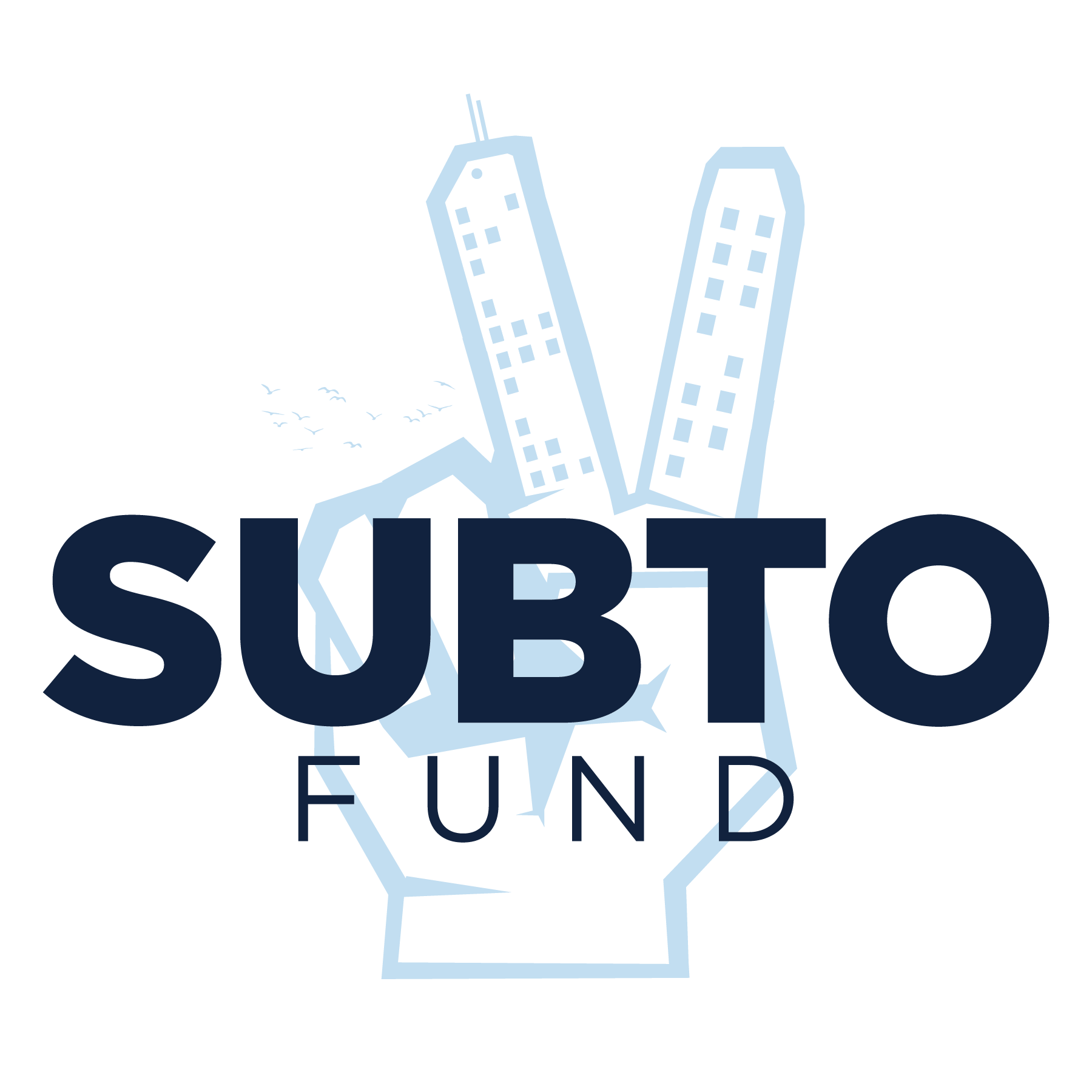In the dynamic arena of real estate investment, forced appreciation stands as a cornerstone strategy for astute investors aiming to elevate the value of multifamily properties significantly. Specializing in the multifamily sector within Arizona, SubtoFund harnesses the power of forced appreciation to unlock and enhance the potential of each property. This comprehensive exploration provides insights into several real-life case studies where strategic implementations have robustly boosted property values, demonstrating the efficacy and outcomes of these investments.
Understanding Forced Appreciation
Forced appreciation is a proactive approach in real estate investment where property owners intentionally make strategic enhancements or management adjustments to increase the property’s market value. This approach is distinct from natural appreciation, which might occur due to external market conditions. It involves direct actions such as physical property upgrades, adding amenities, overhauling management practices, or refining rental strategies to drive up the property’s value.
Detailed Exploration of Real-Life Case Studies
Case Study 1: Comprehensive Modernization of a 1980s Multifamily Complex
Location: Phoenix, Arizona
Initial Condition: A dated 150-unit complex constructed in the 1980s, featuring aged interiors and worn-out common areas.
Strategy Implemented: The complex underwent extensive renovations targeting both interior spaces and communal areas. This included the installation of modern kitchen fixtures, contemporary flooring, and integration of smart home technologies. The common areas were revitalized with enhanced landscaping, improved lighting, and the addition of new recreational facilities.
Results: The renovations led to a substantial 25% increase in average rent and boosted the occupancy rate from 85% to an impressive 98%. These changes, completed over two years, enhanced the property’s net operating income (NOI) and increased the overall property value by 35%.
Case Study 2: Strategic Repositioning of a Multifamily Property
Location: Tucson, Arizona
Initial Condition: The property was grappling with high vacancy rates and low tenant satisfaction, indicative of broader management issues.
Strategy Implemented: A multifaceted strategy was adopted, focusing on rebranding the property and overhauling its management. Enhancements included instituting pet-friendly policies, adding on-site security features, and developing an efficient online tenant portal for handling payments and maintenance requests.
Results: These strategic shifts transformed tenant perceptions and satisfaction, reducing the vacancy rate dramatically from 20% to 5% within 18 months. The increase in tenant retention and acquisition pushed rental income up by 30%, significantly elevating the property’s market valuation.
Case Study 3: Addition of Revenue-Generating Amenities
Location: Mesa, Arizona
Initial Condition: A large 200-unit complex with minimal amenities that underperformed in a competitive rental market.
Strategy Implemented: The property was enhanced with high-demand amenities including a state-of-the-art gym, a community clubhouse, and luxury swimming facilities. Additionally, investments were made in green technology, such as solar panels and water recycling systems, to reduce utility costs and appeal to eco-conscious renters.
Results: The introduction of these amenities allowed for a rent premium of 15-20%. Moreover, the green initiatives reduced maintenance and utility costs by 10%, further improving profitability. The upgrades attracted a higher quality of tenant and improved long-term occupancy rates.
FAQs About Forced Appreciation
Q1: What kind of improvements generally yield the highest return on investment?
A1: High-impact visual upgrades like kitchen and bathroom renovations typically offer the highest returns. Adding or improving amenities that enhance lifestyle, such as gyms, pools, and tech upgrades, also provide substantial value.
Q2: How long does it take to see the results from forced appreciation efforts?
A2: The timeline can vary significantly depending on the scope of improvements and the size of the property. Minor upgrades can show immediate effects, while major remodeling or repositioning efforts might take several months to a year to fully realize their market impact.
Q3: Is forced appreciation feasible in any market condition?
A3: While it’s generally feasible, the effectiveness of forced appreciation strategies can vary with market conditions. In a robust market, even slight improvements can yield significant appreciation. However, in a downturn, these strategies require more careful planning and market analysis to be effective.
Key Takeaways
- Strategic Planning Is Crucial: Detailed and well-planned improvement strategies are vital for maximizing ROI through forced appreciation.
- Tenant-Centric Enhancements: Focusing on upgrades that directly improve tenant satisfaction and retention can lead to sustained increases in property value.
- Understanding Market Dynamics: Effective forced appreciation requires a deep understanding of both micro and macroeconomic factors that influence property values.
Conclusion
Forced appreciation is not just about enhancing the physical aspects of a property but also about strategic management and market positioning. These real-life case studies from SubtoFund illustrate the transformative impact of well-executed value-add strategies on multifamily investments in Arizona. Whether through upscale renovations, management restructuring, or the introduction of desirable amenities, forced appreciation remains a robust approach to real estate investment that can lead to substantial returns. By understanding and applying these principles, investors can maximize the potential of their properties and achieve significant growth in their real estate portfolios.


